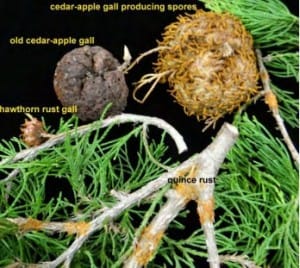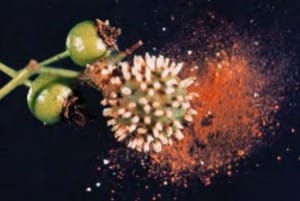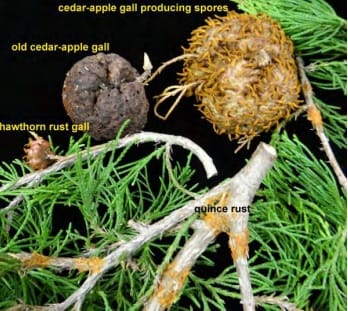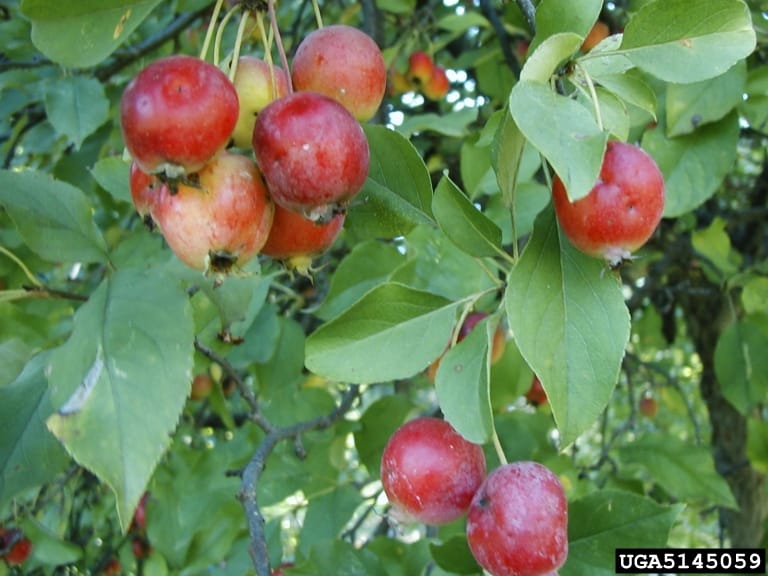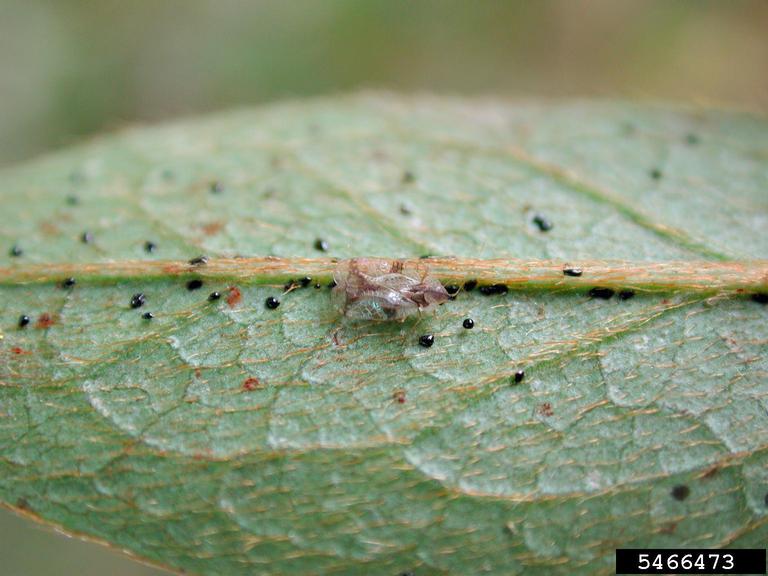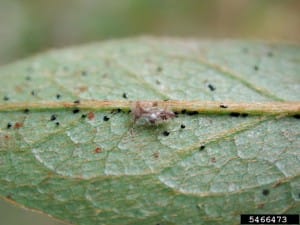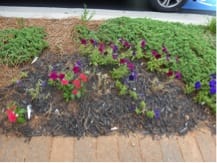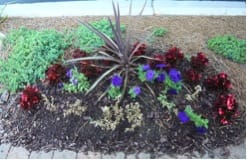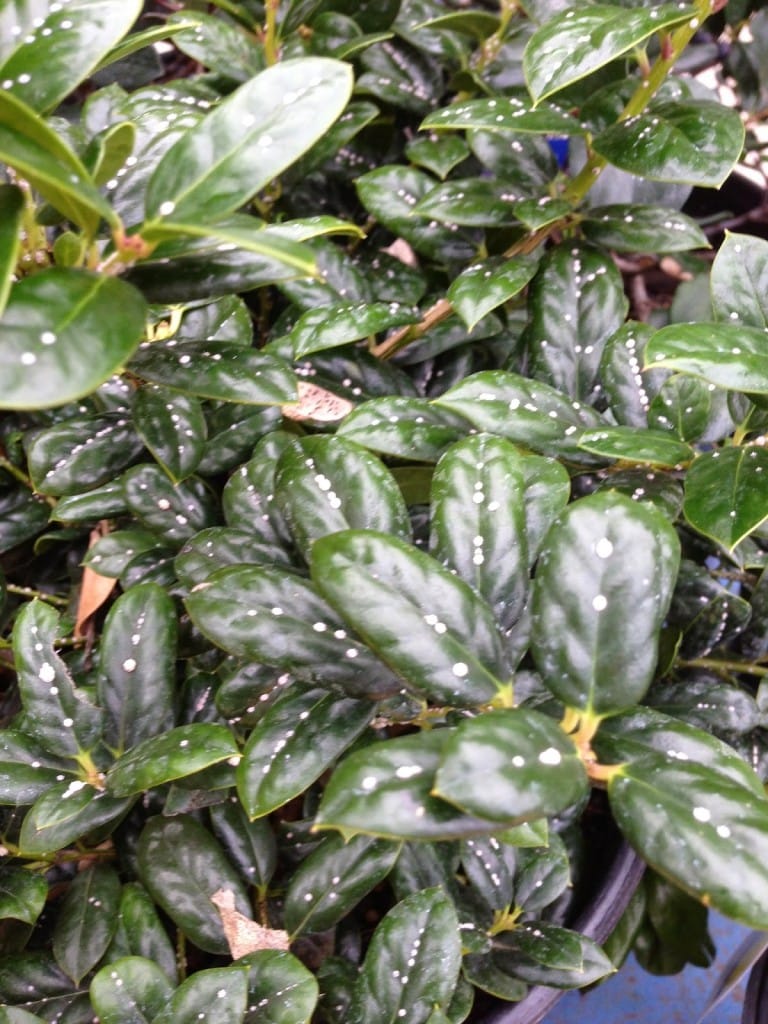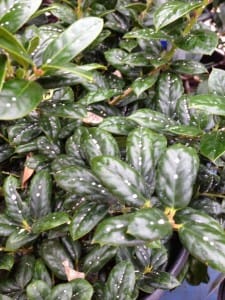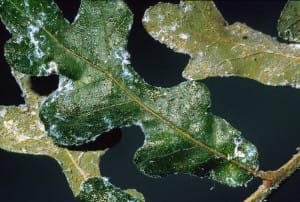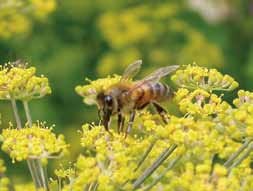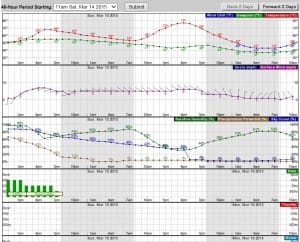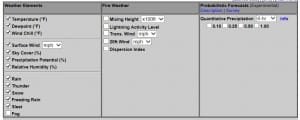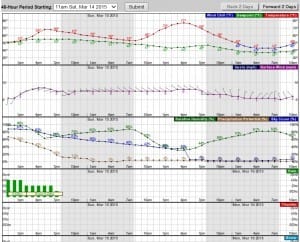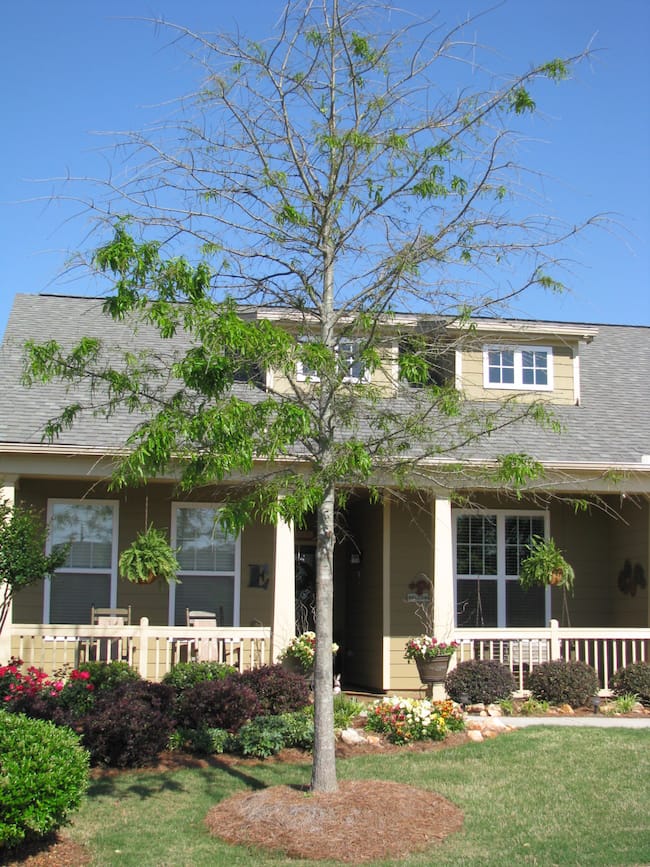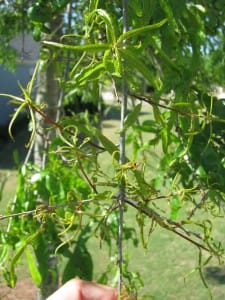This information is taken from the publication Management of Insect Pests in and Around the Home by Daniel R. Suiter, Brian T. Forschler, Lisa M. Ames and E. Richard Hoebeke.
Hornets (Vespidae: Vespa spp.)
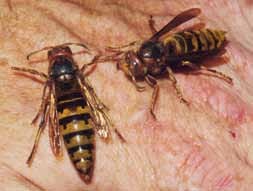 The European hornet, Vespa crabro, was accidentally introduced into North America about the middle of the 19th century. It is a large eusocial wasp with the wings reddish orange and the petiolate abdomen brown and yellow striped. There are no native hornets in the U.S.
The European hornet, Vespa crabro, was accidentally introduced into North America about the middle of the 19th century. It is a large eusocial wasp with the wings reddish orange and the petiolate abdomen brown and yellow striped. There are no native hornets in the U.S.
Habits: European hornets build large, above-ground nests, usually in trees. Similar to yellow jackets and paper wasps, European hornets build a new nest each year. Each Fall all hornets die, with the exception of several queens, which overwinter. The following Spring these overwintered, mated queens initiate the construction of a new nest. European hornets are attracted to lights at night. They are not attracted to human foods and food wastes, as are yellow jackets, but they can damage fruits, such as apples, while the fruit is still on the tree.
Interventions: If European hornets are found around the house at night, because these wasps will forage after dark and are attracted to lights, examine and change the lighting regime. Do not attempt to remove or treat a nest; call a pest management professional to remove nests near areas of human habitation or activity. For more information see University of Georgia Extension circular #782, Stinging and Biting Pests, at caes.uga.edu/publications.
Might Be Confused With: cicada killers, yellow jackets.
Mud Daubers (Sphecidae and Crabronidae: many species)
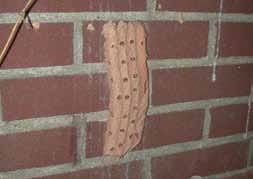 Long, slender, solitary wasps 1 to 1.5 inches, with long, slender waists. Commonly glossy black or blue, some species with yellow highlights.
Long, slender, solitary wasps 1 to 1.5 inches, with long, slender waists. Commonly glossy black or blue, some species with yellow highlights.
Habits: Builds series of four- to six-inch long vertical mud tubes on walls in areas protected from rain and adverse weather. Commonly found under eaves, decks, etc. Each tube comprised of individual cells housing a single larva and spider prey that wasp larvae feed on.
Interventions: Knock down dry mud nests with a broom and wash mud from wall with soap and water. For more information see University of Georgia Extension circular #782, Stinging and Biting Pests, at www.caes.uga.edu/publications.
Might Be Confused With: paper wasps, potter wasps.
Paper wasps (Vespidae: Polistes spp.)


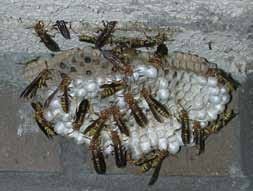 Large (1 inch), aggressive wasps when at their nest. Various species, but all build paper-like, multi-celled, inverted umbrella nests under rain- and wind-protected eaves where wasps can enter and exit easily.
Large (1 inch), aggressive wasps when at their nest. Various species, but all build paper-like, multi-celled, inverted umbrella nests under rain- and wind-protected eaves where wasps can enter and exit easily.
Habits: Each Fall all wasps die, with the exception of several queens, which overwinter in an inactive form in a well-protected, secluded environment such as under and in fallen logs and other ground debris. The following Spring, queens initiate and build a small paper nest where they lay eggs. Paper wasps build a new nest each year. Colonies grow and reach peak size in the Fall, at which time the cycle repeats. Like other social bees and wasps, paper wasps are aggressive when protecting their nest, and may inflict a painful sting in its defense. Adult wasps are excellent predators in vegetable gardens, and are more docile when not protecting their nest.
Interventions: If nests are out of the way, leave wasps alone as they are highly beneficial predators. If desired, spray nest and wasps directly with an aerosol jet spray, or early in the year, before the nest contains too many adult wasps consider knocking down the nest with a long stick but be prepared – and able – to quickly flee the area as the nest is dislodged. Make certain no one in the area is allergic to wasp venom (stings). For more information see University of Georgia Extension circular #782, Stinging and Biting Pests, at www.caes.uga.edu/publications.
Might Be Confused With: mud daubers.
Potter wasps (Vespidae, but sometimes recognized as Eumenidae: many species)
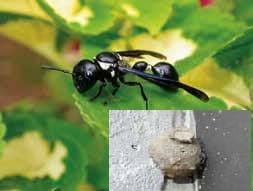 Also referred to as mason wasps. Common species dark blue or black with yellow or white highlights on abdomen and/or thorax. Solitary. Common species 3/4 to 1inch. Strongly sclerotized.
Also referred to as mason wasps. Common species dark blue or black with yellow or white highlights on abdomen and/or thorax. Solitary. Common species 3/4 to 1inch. Strongly sclerotized.
Habits: This wasp builds characteristic, oval-shaped (1/2 to 5/8 inch diameter) nests that appear pot-like with a knob-like handle. Pots are ornate and constructed of mud, as if built by a mason.
Interventions: Knock down ‘mud pot’ nests with a broom and wash mud from wall with soap and water.
Might Be Confused With: mud daubers.
For more information see these UGA publications:
Management of Pest Insects in and Around the Home
Stinging and Biting Pests
